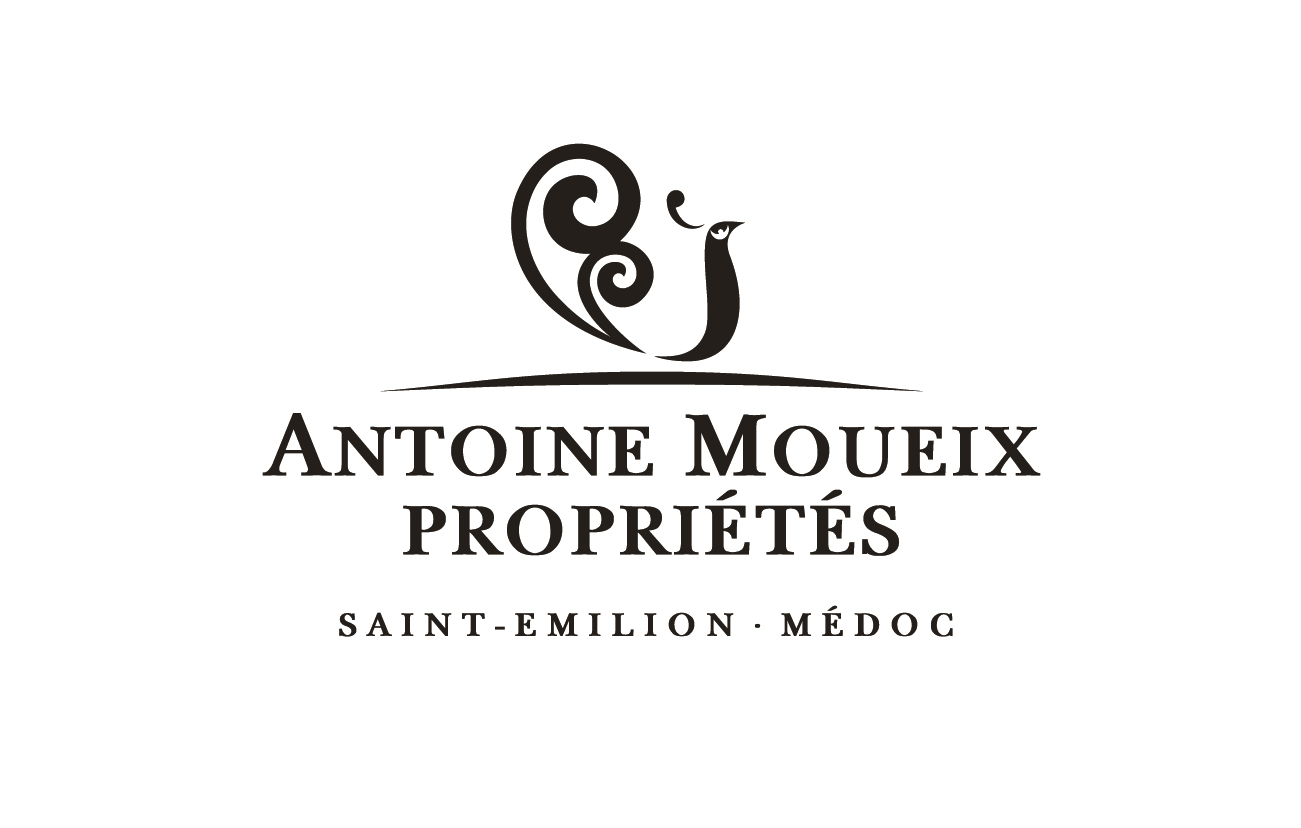Château Mirefleurs is located in the town of Yvrac, some fifteen kilometres from Bordeaux.
The estate’s 40-hectare vineyards extend over Yvrac and Saint-Loubès, and are planted with Merlot and Cabernet Sauvignon. The area boasts very different terroir types, made up of sediment from the Dordogne riverbed. The river basin and sedimentary deposits from different geological time periods create a wide diversity of soils in this area. In the Saint-Loubès area, the soil is mainly gravelly, with many surface pebbles. Soil texture is relatively loamy. At Mirefleurs, soils are silty and loamy-sandy in texture. Differences in soil structure bring diversified characteristics to the grapes, imparting a wide range of characteristics.
The fine terroir of Château Mirefleurs produces great wine, with a fine bouquet of ripe black fruit accompanied by red fruit and flowers, enhanced by woody notes. Structured and aromatic on the palate, enhanced by cedar notes and supple, concentrated tannins.
History
The farm is part of the nearby noble house of Morpain.
Maître François de Vivans, lawyer at the court of Bordeaux, bought the premises from Mrs. Bérard, a widow. The farm buildings had already been restored.
The 19th century saw a succession of important owners: Mr. Bonnaventure Langlois, squire and Mr. Jacques Lamarque, trader.
Sémilion Birly, a wealthy merchant an man of property, acquired the estate. He constructed the main building, topped by a belvedere tower, and actively boosted wine production.
The Cazillac family bought the estate and continued to drive wine production.
The Castel family bought the estate. Extension of the vineyard and full refurbishment of the premises: restoration of the Château, parks and gardens.
Changuy, a Chinese wine group, acquired the property. Changuy ensured exclusive sales in China of Château Mirefleurs and Château Techeney.
A joint venture between Advini and Changyu was launched for promotion of the estate’s international image and reputation. Estate management was entrusted to the Antoine Moueix Propriétés team.
Vineyard and cellar
Very different terroir for enhanced aromatic complexity
Château Mirefleurs owns 40 hectares of vineyards in Yvrac and Saint-Loubès. The two sites boast very different terroirs, lending enhanced aromatic complexity to the estate wines of the Château. The soils of Château Mirefleurs originated from the Dordogne riverbed. Diversity comes from the river basin and sedimentary deposits from different geological time periods. Saint-Loubès has gravelly soil, with many surface pebbles. Soil texture is relatively loamy. At Mirefleurs, soils are silty and loamy-sandy in texture.
Differences in soil structure lend typicity to grapes, and thus very different characters.
A vineyard of black grapes currently undergoing reorganisation work
Château Mirefleurs produces only red wines from Merlot and Cabernet Sauvignon grape varieties. There are 12.5 hectares of Cabernet Sauvignon and 27.5 hectares of Merlot. For several years now, the vineyard has been undergoing a reorganisation plan for plot renewal: Cabernet Sauvignon vines are replanted on the early maturing sectors of the estate, for optimal maturity of this grape variety.
Average planting density is around 6,300 vines per hectare. For the appellation, this is very high density, but is a technical choice for enhanced grape concentration and wine quality, with tannic structures which mature well.
For tillage, grass management, and green pruning, each plot is worked separately, according to vigour and production capacity. Seedlings are planted in the autumn to improve soil structure and provide a natural source of nutrition for the vines.
Winemaking and maturing methods adapted to each wine
Château Mirefleurs’ best wine is well-structured and complex, with strong tannic structure: the wine is suitable for maturing in barrels and ageing in bottles.
For this, work is first carried out on the plot: according to quality potential, each plot is vinified separately. The extraction profile of tannins and colour in the berries are therefore different, and depend on the future wine to be produced.
Vatting times are 3 to 4 weeks for Château Mirefleurs. Extraction, with pumping over and cap punching is monitored via daily tasting from the vat.
For Château Mirefleurs, wines are matured for 12 months in one or two-wine barrels, to reveal complexity and woody notes, while preserving the fruitiness which is characteristic of our terroir.

Robin Jeudy
Technical Director of Château Mirefleurs
Estate’s Technical Information
APPELLATION : Bordeaux Supérieur
GRAPE VARIETIES : Merlot (65%), Cabernet Sauvignon (35%)
SURFACE AREA : 40 hectares
TERROIR : gravelly, many surface pebbles and a clay texture soil plus clay-sand and silt soils
PLANTING DENSITY : 6,300 vines/hectare
AVERAGE AGE OF VINES : 25 years
AGRICULTURAL PRACTICES : working every other row, mechanical weeding, seed sowing between the rows
HARVESTING: mechanical
VINIFICATION : stainless steel vats; 3 to 4 weeks of vatting
MATURING : 12 months in one or two-wine barrels
CONSULTANT OENOLOGIST : Cécile Cazaux
Château Mirefleurs

The very best plots of Merlot and Cabernet Sauvignon are rigorously selected for this blend. After 3 to 4 weeks of vatting in stainless steel vats, the wine is then matured in one or two-wine barrels, for 12 months. With flavours of ripe black and red fruit, flowers, accompanied by some woody notes. Structured and aromatic on the palate, enhanced by cedar notes and supple, concentrated tannins. The wine is well structured, complex and concentrated.
- AOC : Bordeaux Supérieur
- Grape varieties : 70% Merlot, 30% Cabernet Sauvignon
- Serving temperature : 16 to 18°C
- Cellar potential : between 5 and 7 years
Château Mirefleurs
Château Mirefleurs
Chemin de Mirefleurs
33370 Yvrac

